The next-gen MacBook Pro with Retina Display Review
by Anand Lal Shimpi on June 23, 2012 4:14 AM EST- Posted in
- Mac
- Apple
- MacBook Pro
- Laptops
- Notebooks
Ports & Expansion
Port layout has been greatly simplified on the next-gen MacBook Pro. Along the left side there’s now a MagSafe 2 connector, two Thunderbolt ports, one USB 3.0 and one 1/8” jack for mic/headphones. The right side has the other USB 3.0 port, a full sized HDMI port and an SD card reader.
MagSafe 2 is a thinner version of Apple’s MagSafe connector, and it’s used on both the Retina MacBook Pro and the 2012 MacBook Airs. The rMBP still ships with the same 85W power adapter as before, but now with an integrated MagSafe 2 connector. In order to deal with the change in connector, Apple offers a $10 converter that allows you to plug MagSafe 1 power supplies into MagSafe 2 systems. All new Thunderbolt Displays shipping from here on out will include the MagSafe 2 converter.
The absence of an integrated Gigabit Ethernet port will surely bother some, but Apple offers a Thunderbolt to GigE adapter for $30 to accommodate. Since Thunderbolt effectively offers an external PCIe interface, there’s no performance loss if you go this route vs. the old integrated GigE connector. I was able to sustain nearly 930Mbps between the rMBP with the Thunderbolt GigE adapter and last year’s MBP:
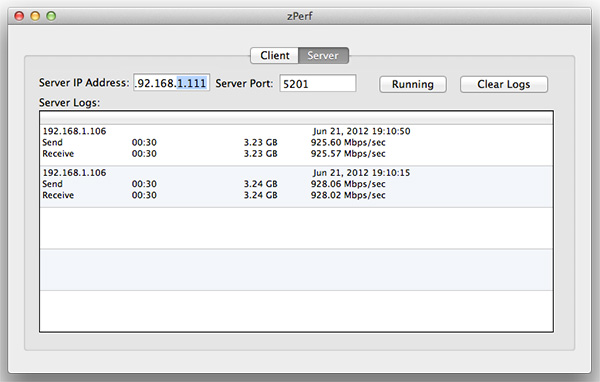
At a price of $30 Apple is most certainly using Intel’s Port Ridge Thunderbolt controller, a cost effective single-channel TB controller without any support for DisplayPort passthrough.
USB 3.0 is provided courtesy of Intel’s 7-series chipset. Apple supports the USB Attached SCSI protocol which should allow for even better performance than what I’m showing below (with all of my focus on Thunderbolt I actually don't have a 6Gbps UASP enabled USB 3.0 dock in house):
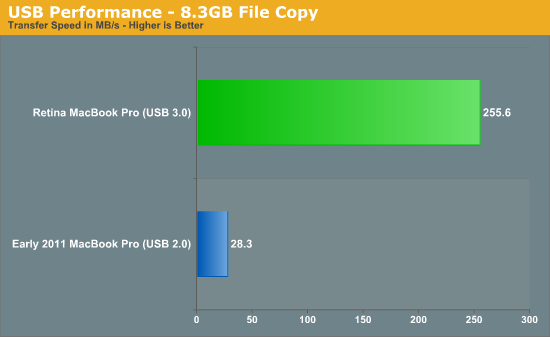


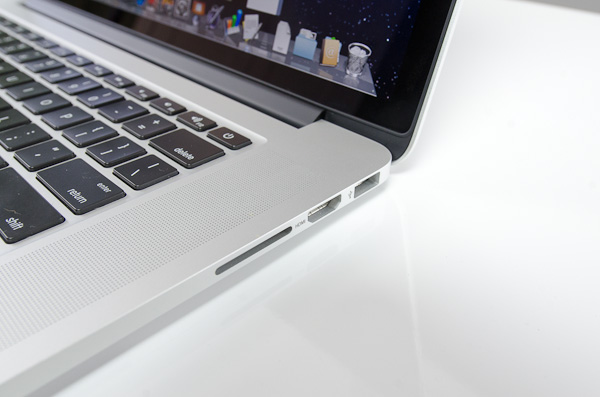
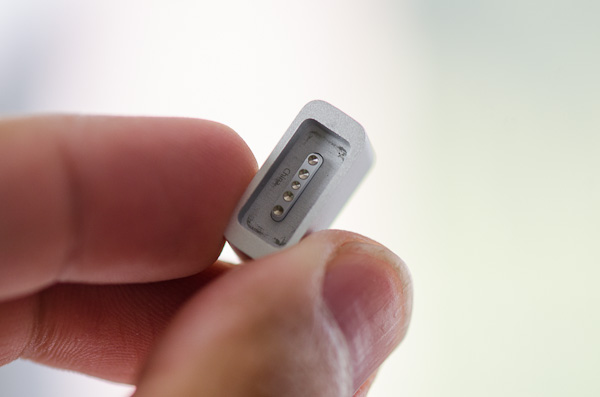
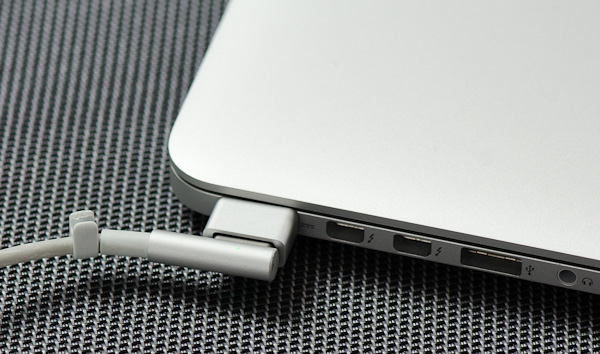








471 Comments
View All Comments
vision33r - Sunday, June 24, 2012 - link
When a PC laptop goes on sale, the listed price is never the actual purchase price.A $1000 Dell usually end up getting sold for $800 or less after coupons and Dell runs sales all the time. Same goes for HP.
Apple almost never do a sale until the model is outdated, the only discount is the education one.
It's a certain that all PC laptop makers have to cut corners to make a profit, competition is fierce. Most buyers are more price sensitive these days then specs.
duploxxx - Monday, June 25, 2012 - link
Many manufacturers allow options in there designs towards more cutting edge technology...I have a full HD display in a 15"since 2008, same for my SSD.... just a matter of cutting cost for low profile. This differentiate with apple who already put these in the baseline... call bleding edge wathever you want but I am sure my Laptop cost probably a few 100$ less with eluminated keyb, optimus etc.... but it hasbn't got the shiny apple logo :)
Johnmcl7 - Saturday, June 23, 2012 - link
Sony have been offering 13.1 1920x1080 screens for a few years which admittedly isn't nearly as high as the new Macbook screen but given Sony have been frequently criticised for offering such a pointlessly high resolution it's little surprise they haven't developed it further.When Apple do it however they get praised for their innovation and bringing the market forward when in reality they're a while behind other companies who are genuinely innovative and getting the technology out there.
John
Super56K - Saturday, June 23, 2012 - link
I'm not sure you understand. It's rendered at double the resolution, but presented at the same size as 1440x900 or 1900x1200 on a 15" screen. You gain clarity rather than real estate.What other notebooks out there can do that?
ananduser - Saturday, June 23, 2012 - link
Lol...you just described DPI scaling. The retina mb just offers ready made presets. To achieve the same effect on the Z simply change the DPI scaling within the native resolution.KoolAidMan1 - Saturday, June 23, 2012 - link
Scaling in Windows doesn't work the same, nor is it targeted towards such specific resolutions. Anand talks about this himself in the review.Hopefully Windows 8 outside of the Metro UI addresses this.
OCedHrt - Sunday, June 24, 2012 - link
That's because Windows only goes up to 1.5 instead of 2. But at 1920x1080, 1.5 gives you 1280 x 720. Do you really want to go that small?ananduser - Sunday, June 24, 2012 - link
OMG...it's been said 10 times already in the comments. Windows goes all the way up to 200%. Anand does not know Windows setting well enough.ananduser - Sunday, June 24, 2012 - link
That't the idea, scaling should *NOT* be dependent on specific resolutions. It should be agnostic. That's what Windows does because it's supposed to power the world's computers, macs included.dagamer34 - Sunday, June 24, 2012 - link
Windows 8 addresses this by providing an easy way to serve up high resolution assets for the OS to use depending on the DPI of the machine. It takes all of the guesswork out of the developers hands with no extra code needed.